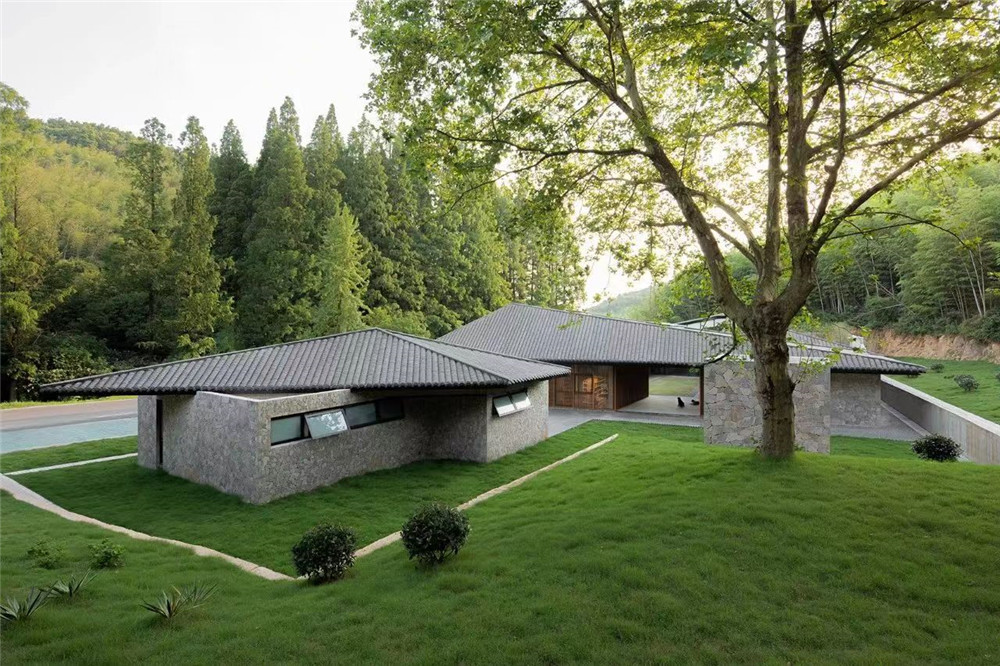Introduction
Flagstone has been a popular choice for outdoor landscaping and hardscaping projects for centuries due to its natural beauty, durability, and versatility. However, traditional flagstone can be costly and challenging to install, leading to the emergence of cultured flagstone as a more accessible alternative. In this comprehensive guide, we will explore the world of cultured flagstone, including its uses, benefits, and installation techniques.
What is Cultured Flagstone?
Cultured flagstone, also known as manufactured or synthetic flagstone, is a man-made alternative to natural flagstone. It is created using a blend of cement, aggregates, and pigments that mimic the appearance of natural stone. Cultured flagstone is available in a wide range of colors, shapes, and sizes, making it a versatile choice for a variety of outdoor projects.
Uses of Cultured Flagstone
Cultured flagstone can be used in a wide range of outdoor applications, including:
1. Patios: Cultured flagstone is a popular choice for patio surfaces due to its natural appearance and durability. It can be installed in a variety of patterns, such as irregular or geometric, to create a unique and visually appealing outdoor living space.
2. Walkways: Cultured flagstone is an excellent choice for walkways and pathways in gardens, parks, and other outdoor areas. It provides a stable and slip-resistant surface that can withstand heavy foot traffic.
3. Driveways: Cultured flagstone can be used to create stunning driveways that enhance the curb appeal of a property. Its durability and weather resistance make it a practical choice for high-traffic areas.
4. Pool Decks: Cultured flagstone is a popular choice for pool decks due to its slip-resistant surface and natural appearance. It can be installed around pools to create a seamless transition between the pool area and the surrounding landscape.
5. Retaining Walls: Cultured flagstone can be used to create decorative retaining walls that add visual interest to a landscape. Its natural appearance blends seamlessly with the surrounding environment, creating a cohesive and harmonious design.
Benefits of Cultured Flagstone
Cultured flagstone offers several benefits over natural flagstone, including:
1. Cost-Effective: Cultured flagstone is more affordable than natural flagstone, making it a cost-effective choice for budget-conscious homeowners and landscapers.
2. Uniformity: Cultured flagstone is manufactured to be uniform in size, shape, and color, allowing for easier installation and a more consistent finished look.
3. Durability: Cultured flagstone is highly durable and resistant to weathering, fading, and cracking, making it a long-lasting choice for outdoor applications.
4. Versatility: Cultured flagstone is available in a wide range of colors, shapes, and sizes, allowing for endless design possibilities. It can be customized to suit any aesthetic or style preference.
5. Low Maintenance: Cultured flagstone requires minimal maintenance compared to natural stone. It is easy to clean and does not require sealing or resealing, saving time and effort in the long run.
Installation of Cultured Flagstone
Installing cultured flagstone requires careful planning and attention to detail to ensure a successful outcome. Here are the basic steps involved in the installation process:
1. https://www.fs-slate.com/mosaic/ : The first step in installing cultured flagstone is to prepare the site. This involves clearing the area of any vegetation, debris, or existing paving materials. The site should be excavated to the desired depth, taking into account the thickness of the base and flagstone layers.
2. Base Preparation: A sturdy base is essential for the stability and longevity of the cultured flagstone installation. A base of crushed stone or gravel should be compacted to create a firm and level surface for the flagstone to rest on.
3. Setting the Flagstone: Cultured flagstone should be set in a bed of mortar or concrete to ensure a secure and stable installation. Each piece of flagstone should be carefully placed and leveled to create a smooth and even surface.
4. Grouting: Once the flagstone is set in place, the joints between the stones should be filled with grout or mortar to provide additional stability and prevent shifting or movement.
5. Sealing: Depending on the type of cultured flagstone used, it may be necessary to seal the surface to protect it from stains, moisture, and UV damage. A high-quality sealer should be applied according to the manufacturer's instructions to ensure maximum protection and longevity.
Maintenance of Cultured Flagstone
Proper maintenance is key to preserving the beauty and longevity of cultured flagstone. Here are some tips for maintaining cultured flagstone:
1. Regular Cleaning: Cultured flagstone should be swept or rinsed regularly to remove dirt, debris, and organic matter that can cause staining and discoloration.

2. Stain Removal: Any spills or stains should be cleaned promptly to prevent them from setting into the surface of the flagstone. Mild soap and water or a specialized stone cleaner can be used to remove stains effectively.
3. Sealing: Depending on the type of cultured flagstone used, it may be necessary to reseal the surface periodically to maintain its appearance and protect it from damage.
4. Weed Control: Cultured flagstone installed in outdoor areas may be prone to weed growth between the joints. Regular weeding can help prevent weeds from taking root and spoiling the appearance of the flagstone.
Conclusion
Cultured flagstone offers a cost-effective, durable, and versatile alternative to natural flagstone for a variety of outdoor applications. Its wide range of uses, benefits, and installation techniques make it a popular choice for homeowners, landscapers, and designers alike. By understanding the uses, benefits, and installation of cultured flagstone, you can create stunning outdoor spaces that showcase the beauty and elegance of this versatile material.
